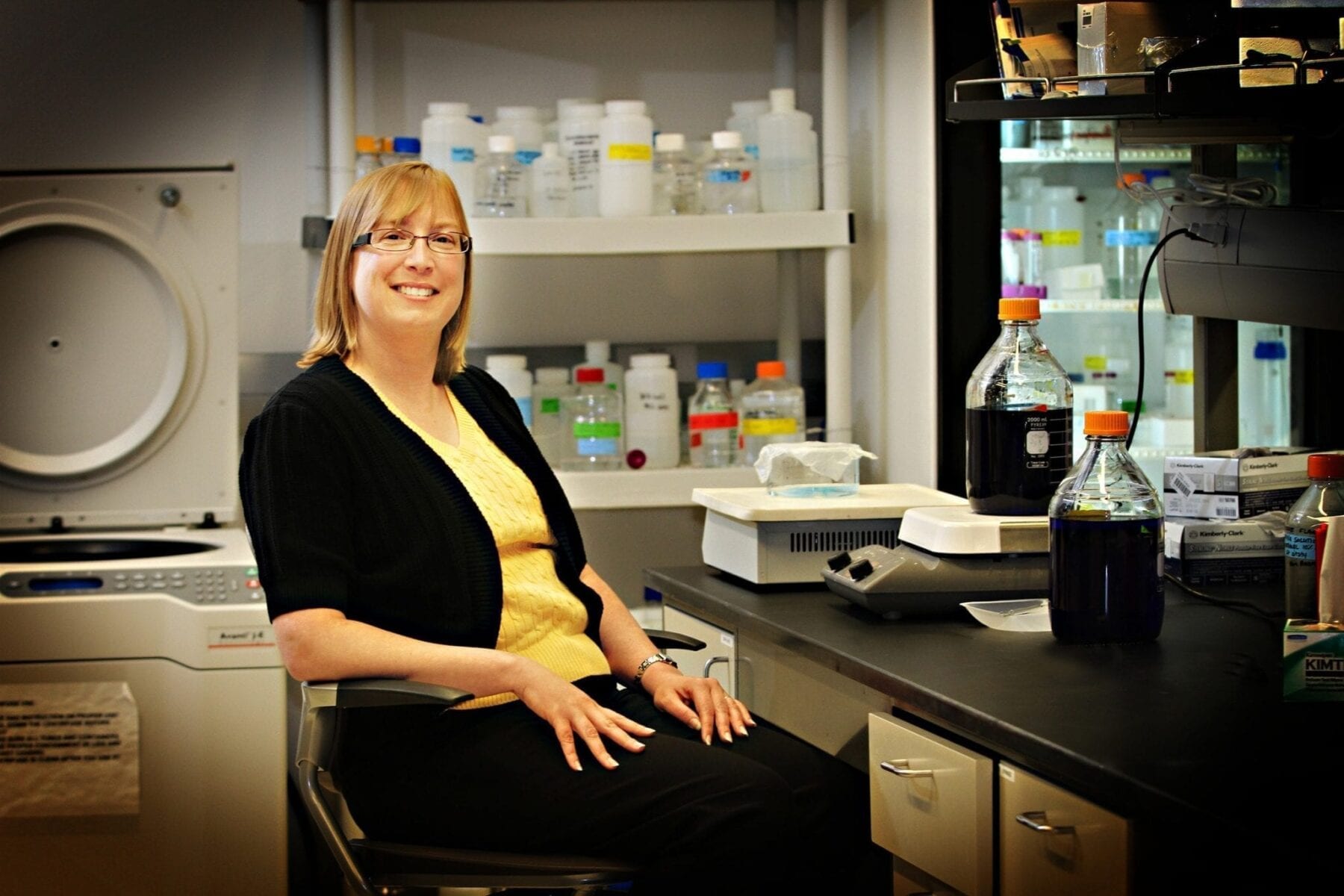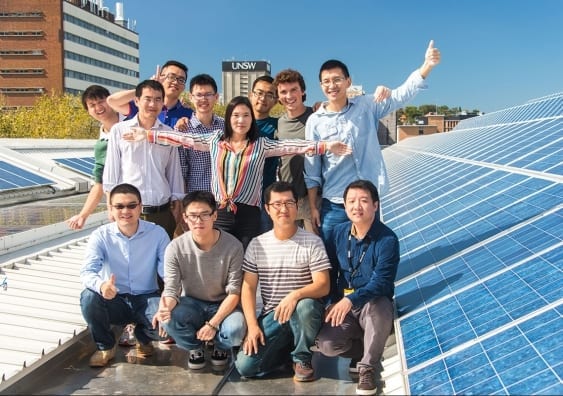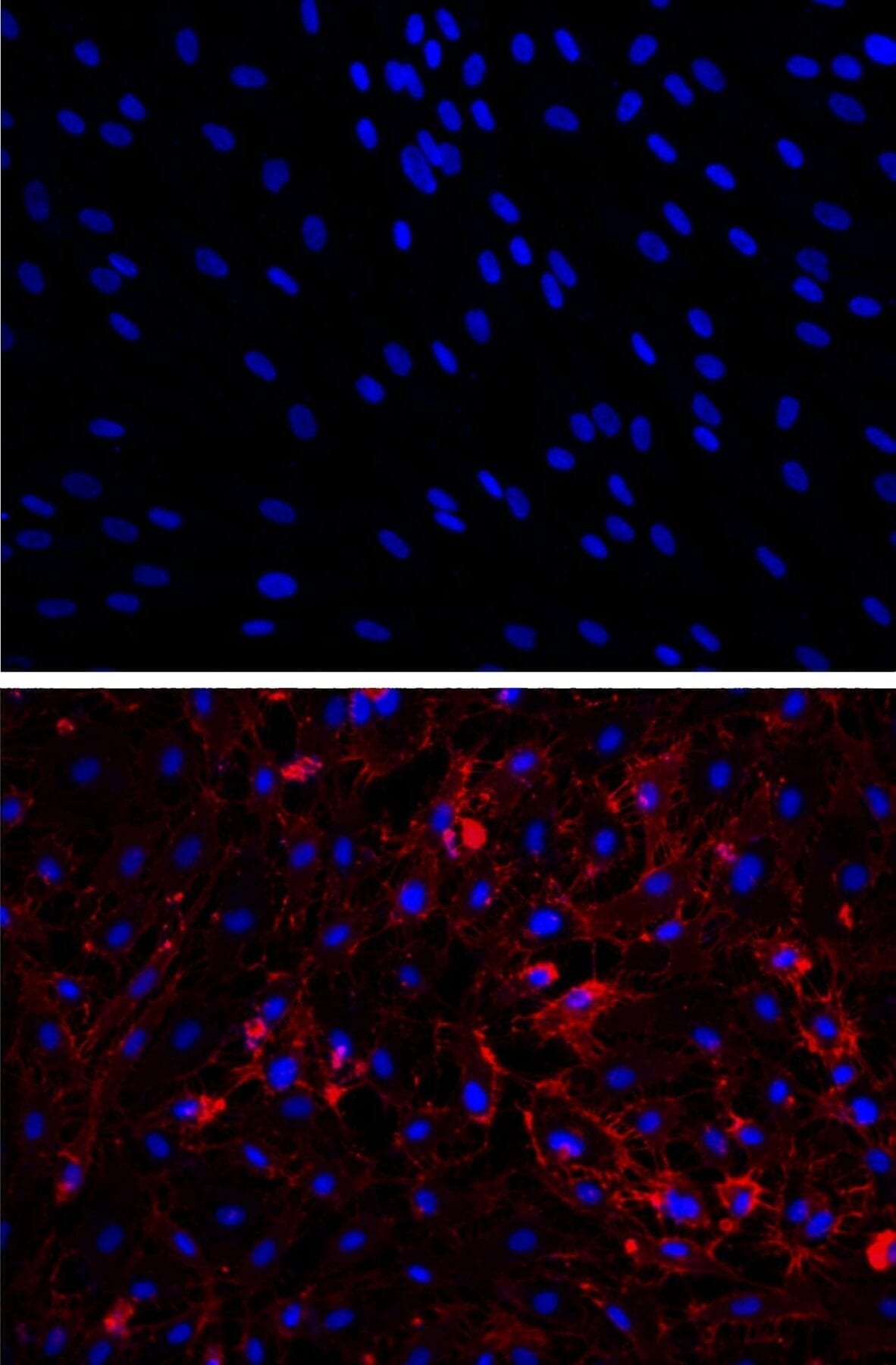
Photo Credit: Dan Hixson, University of Utah Coll
UTAH ENGINEERS CREATE FUEL CELL THAT CAN RUN WITHOUT HIGH HEAT
University of Utah engineers developed the first room-temperature fuel cell that uses enzymes to help jet fuel produce electricity without needing to ignite the fuel. Developed in collaboration with CFD Research Corp, these new fuel cells can be used to power portable electronics, off-grid power and sensors.
A study of the new cells appears online today in the American Chemical Society journal ACS Catalysis.
Fuel cells convert energy into electricity through a chemical reaction between a fuel and an oxygen-rich source such as air. If a continuous flow of fuel is provided, a fuel cell can generate electricity cleanly and cheaply. While batteries are used commonly to power electric cars and generators, fuel cells also now serve as power generators in some buildings, or to power fuel-cell vehicles such as prototype hydrogen-powered cars.
“The major advance in this research is the ability to use Jet Propellant-8 directly in a fuel cell without having to remove sulfur impurities or operate at very high temperature,” says the study’s senior author, Shelley Minteer, a University of Utah professor of materials science and engineering, and also chemistry. “This work shows that JP-8 and probably others can be used as fuels for low-temperature fuel cells with the right catalysts.” Catalysts are chemicals that speed reactions between other chemicals.
In the new study, the University of Utah team investigated Jet Propellant-8 or JP-8, a kerosene-based jet fuel that is used by the U.S. military in extreme conditions such as scorching deserts or subzero temperatures.
Converting this jet fuel into electricity is difficult using standard techniques because jet fuel contains sulfur, which can impair metal catalysts used to oxidize fuel in traditional fuel cells. The conversion process is also inefficient, with only 30 percent of the fuel converted to electricity under the best conditions.
To overcome these constraints, the Utah researchers used JP-8 in an enzymatic fuel cell, which uses JP-8 for fuel and enzymes as catalysts. Enzymes are proteins that can act as catalysts by speeding up chemical reactions. These fuel cells can operate at room temperature and can tolerate sulfur.
The Latest on: Fuel cell
[google_news title=”” keyword=”fuel cell” num_posts=”10″ blurb_length=”0″ show_thumb=”left”]
via Google News
The Latest on: Fuel cell
- Varanasi pilot location for deployment of green hydrogen fuel cell inland vessels on NW-Ion April 27, 2024 at 4:15 am
New Delhi, Varanasi has been selected as the pilot location for deployment of green hydrogen fuel cell inland vessels on National Waterways-I, aligning with the government's Harit Nauka guidelines, an ...
- California Welcomes First Big-Rig Hydrogen Fuel Station in U.S.on April 26, 2024 at 9:08 am
The country’s first commercial hydrogen fuel station for big-rig trucks is up and running at the Port of Oakland, a step toward what hydrogen proponents see as a clean new future for long-haul ...
- What’s that?…A fuel cell that harvests energy from…dirt?on April 26, 2024 at 7:10 am
A soil microbial fuel cell where microbes in dirt could power applications which are literally “in the field”.
- LaFeO3 Perovskite Fuel Cell Technology Boosts SRMAP's Clean Energy Missionon April 26, 2024 at 6:45 am
The significance of this invention cannot be understated in an era where the reliance on clean and efficient energy conversion methods is paramount ...
- RICE develops new underwater robot with a buoyancy control system using fuel cellson April 26, 2024 at 4:31 am
Rice University students have made a breakthrough in underwater robotics by creating a remotely operated vehicle (ROV) that utilizes water-splitting fuel cells for buoyancy control. This innovative ...
- T.N. is looking at investment partnerships for hydrogen and fuel cell researchon April 26, 2024 at 3:10 am
Investment partnerships for hydrogen and fuel cell research in Tamil Nadu drive growth and sustainability in commercial vehicles.
- Revolutionizing Clean Energy: SRMAP’s Breakthrough in Fuel Cell Technology with LaFeO3 Perovskiteon April 25, 2024 at 11:47 pm
In the quest for sustainable energy solutions to meet the soaring global energy demands, an innovative breakthrough has emerged from the laboratories of SRM University-AP, situated in the picturesque ...
- GILLIG to develop hydrogen fuel cell powered buson April 25, 2024 at 9:05 am
GILLIG is collaborating with BAE Systems and Ballard Power Systems on the development of the hydrogen fuel cell bus.
- This legendary brand cracks the code: here’s the most powerful hydrogen fuel cellon April 25, 2024 at 7:29 am
Legendary brand has created the first lightweight hydrogen fuel cell: the most powerful, but the smallest ever seen in history ...
- The first big-rig hydrogen fuel station in the U.S. opens in Californiaon April 24, 2024 at 3:00 am
The Port of Oakland is home to the United States' first commercial hydrogen fuel station for big-rig trucks. It's a step on the road to cleaner trucking.
via Bing News











